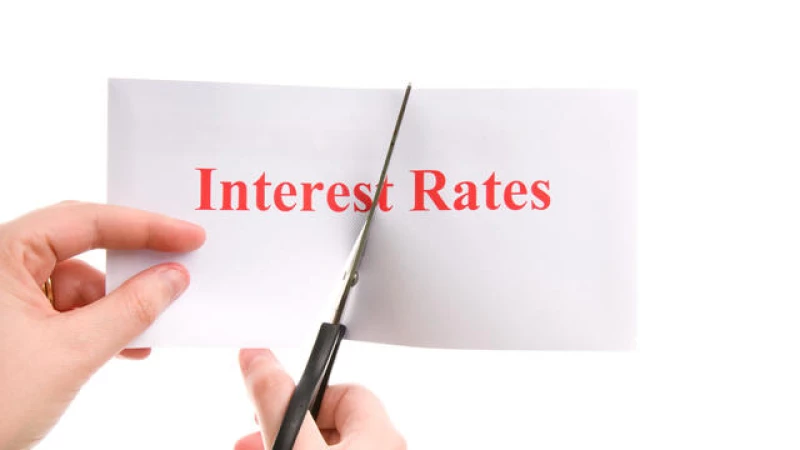According to economists at Goldman Sachs, the Federal Reserve is expected to begin lowering its benchmark interest rate in March and make a total of five cuts in 2024.
Goldman Sachs predicts that the U.S. economy will experience a "soft landing" with a slight slowdown in economic growth and a decrease in inflation throughout the year. The investment bank anticipates that the central bank will gradually ease rates, resulting in reduced borrowing costs for both consumers and businesses.
Last month, the Federal Reserve decided to maintain the federal funds rate at a 22-year high due to the decline in inflation and the stable economy. This decision reinforced the belief that the July rate hike was the final step in the central bank's efforts to control price and wage increases. However, the Fed policymakers did leave open the possibility of raising rates if inflation becomes a concern, but they projected three rate cuts for this year.
Fed Chair Jerome Powell mentioned during a conference call to discuss December's decision that "the appropriate level of the federal funds rate will be 4.6% at the end of 2024" if the Fed's economic projections hold true.
According to Goldman economist Jan Hatzius, the Federal Reserve is expected to start cutting the funds rate in March. Hatzius believes that there will be a total of five rate cuts this year, which is lower than the six-to-seven cuts that are currently priced in the market. He also views the chance of 50 basis point steps as low.
The current federal funds rate is set at a range of 5.25% to 5.5%. If there are five 25 basis point cuts, the benchmark would be brought down to 4% to 4.25%.
Impact on consumers
One consequence of higher borrowing costs has been the availability of high-interest savings accounts that offer annual percentage yields of 5% or more. However, as rates decrease, these yields are likely to decline as well.
Investors may want to take advantage of the higher rates now by investing in longer-term certificates of deposit, as some banks are offering rates nearly 5% for up to five years. These rates are expected to fall once the Fed starts easing.
See Managing Your Money for more information on how mortgage rates are expected to change this year.
- How far will home equity prices drop in 2024?
- 18 CDs offering 5.5% or more on your savings
- Mortgage applications are rising. Here's why you should act now.
The likelihood of lower rates and borrowing costs has prospective homeowners, along with sellers and those looking to refinance, wondering how low mortgage rates could drop. A recent survey found roughly 31% of people think borrowing costs for home loans will drop during the next 12 months, a brighter view than expressed the prior month.
Mortgage rates don't necessarily follow the Fed's rate moves, but tend to track the yield on the 10-year U.S. Treasury note. Investors' expectations for future inflation, global demand for Treasurys and Fed policy all influence rates on home loans.
The rate on a conventional 30-year fixed-rate mortgage is now at 6.66%, down from nearly 8% in November, according to Fannie Mae. Most real estate experts think rates will stay in the 6% range.
Traders are pricing in a 73% chance that the Fed could lower rates in March, according to the CME's Fed watch tool.







